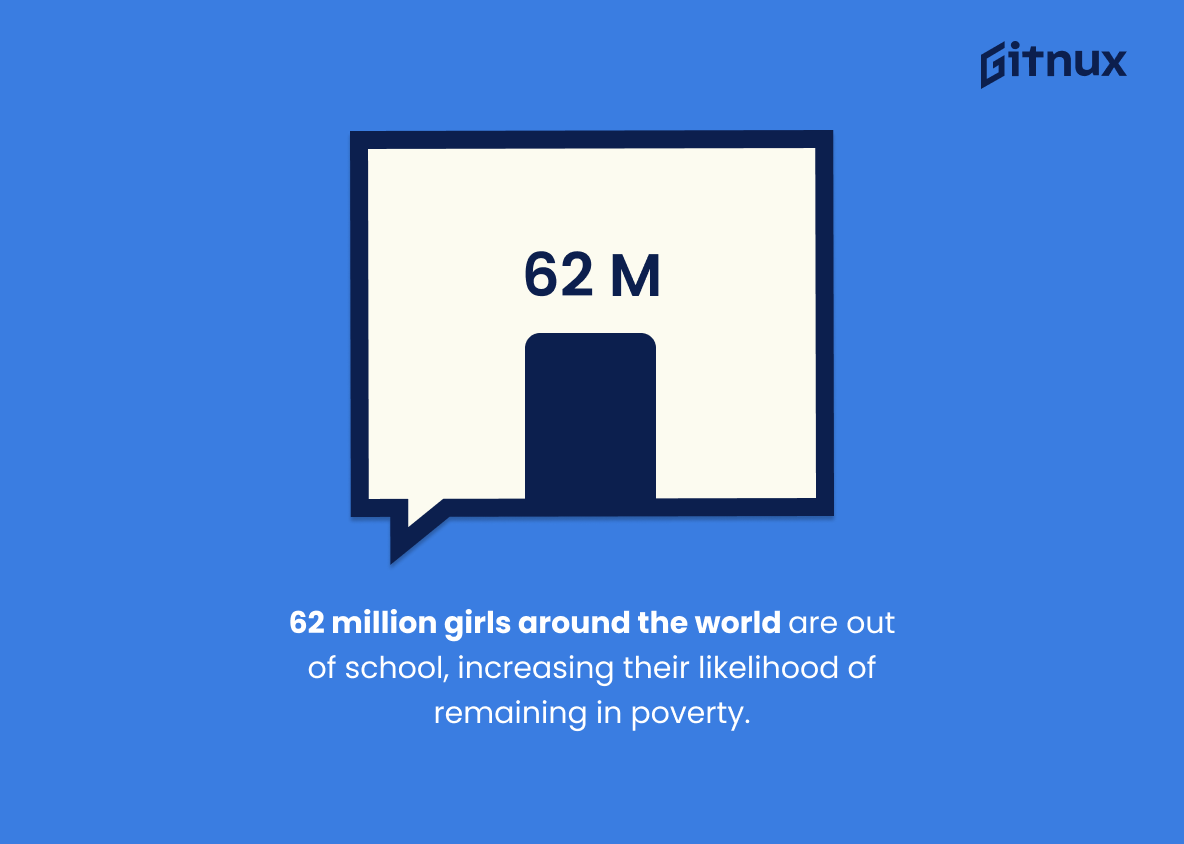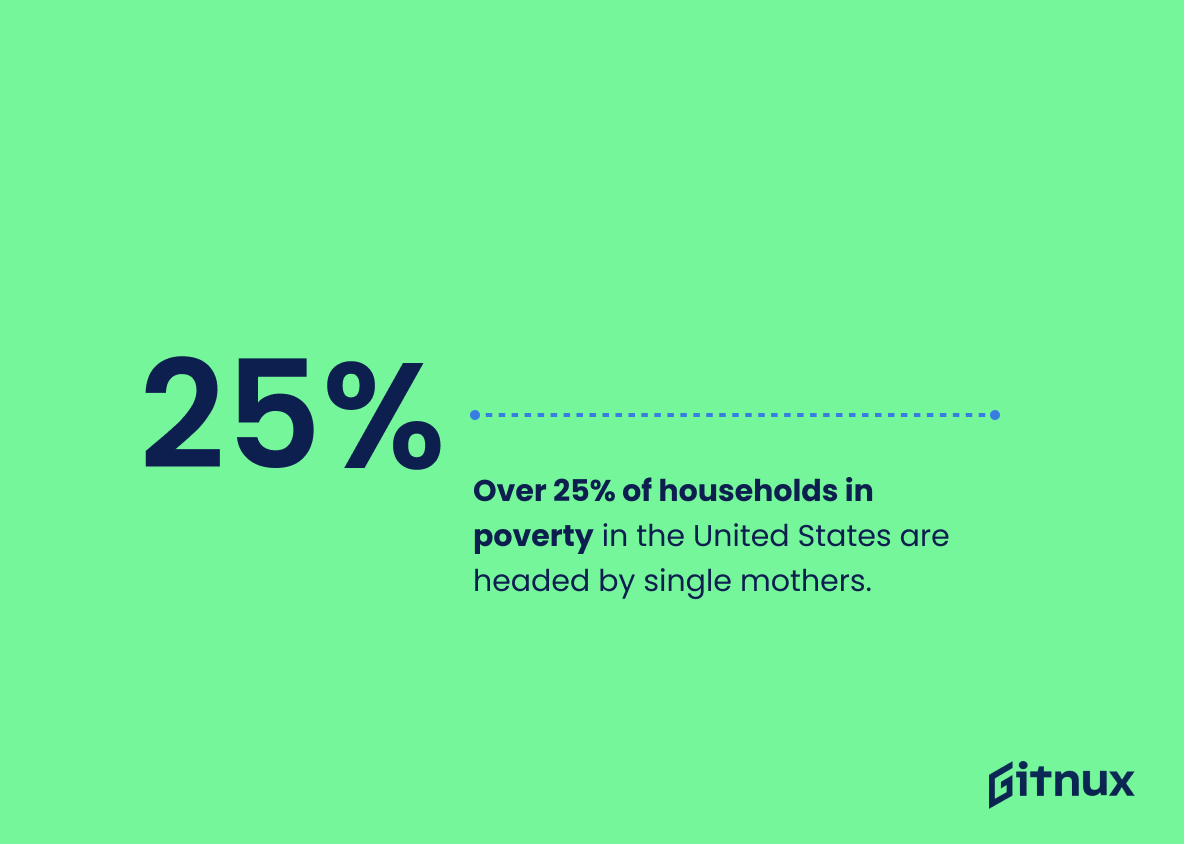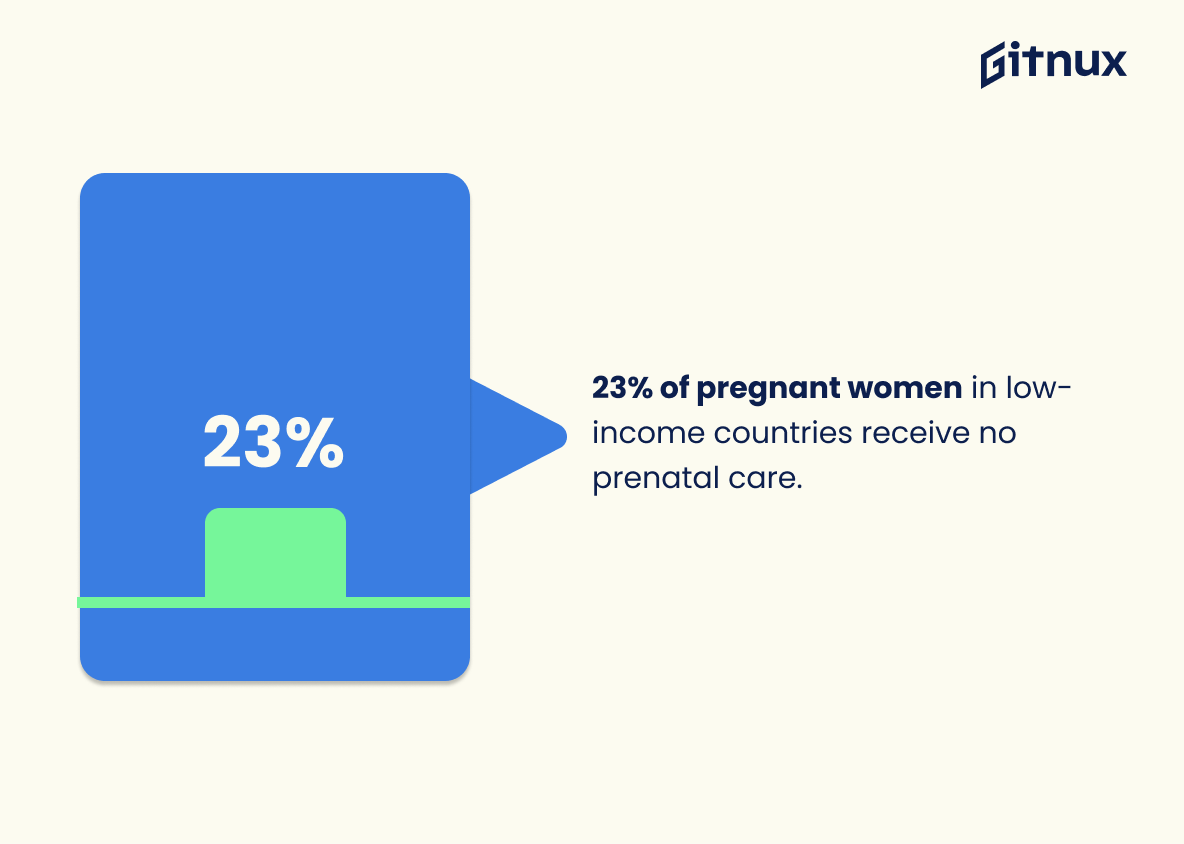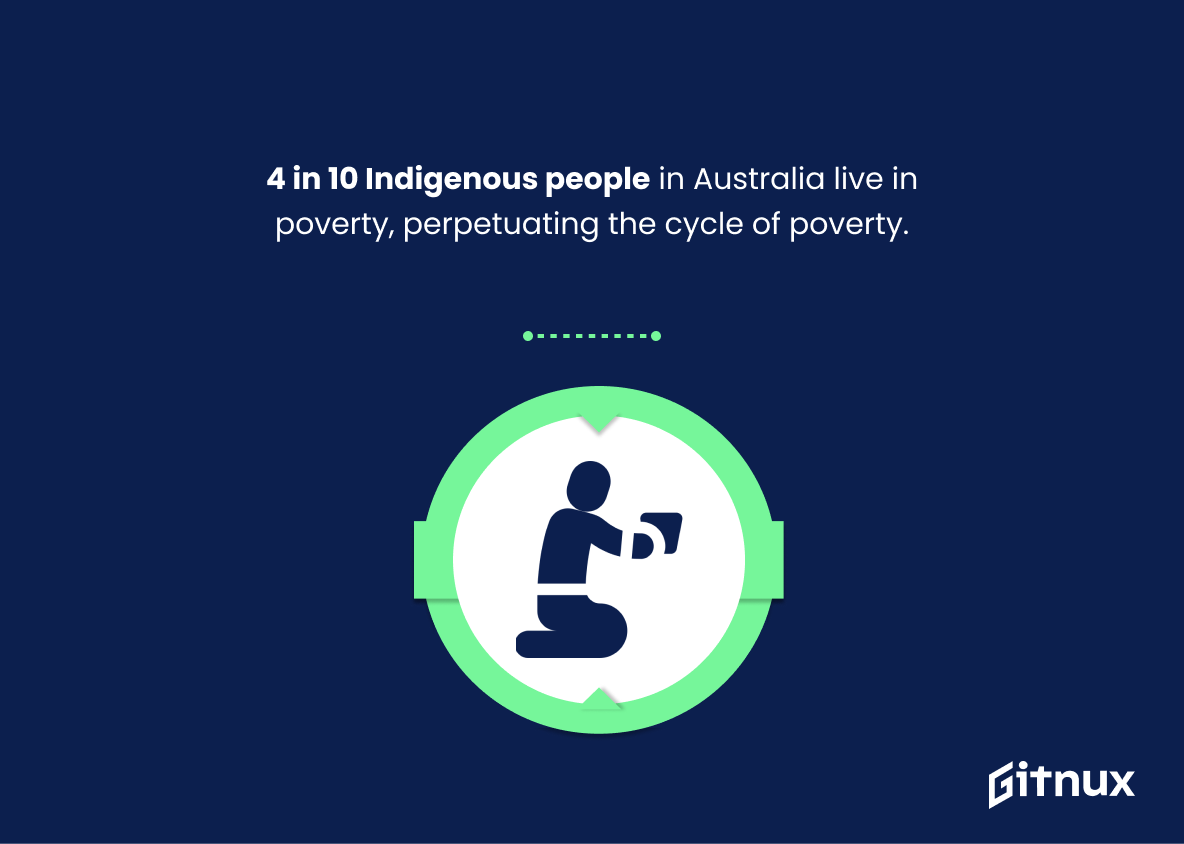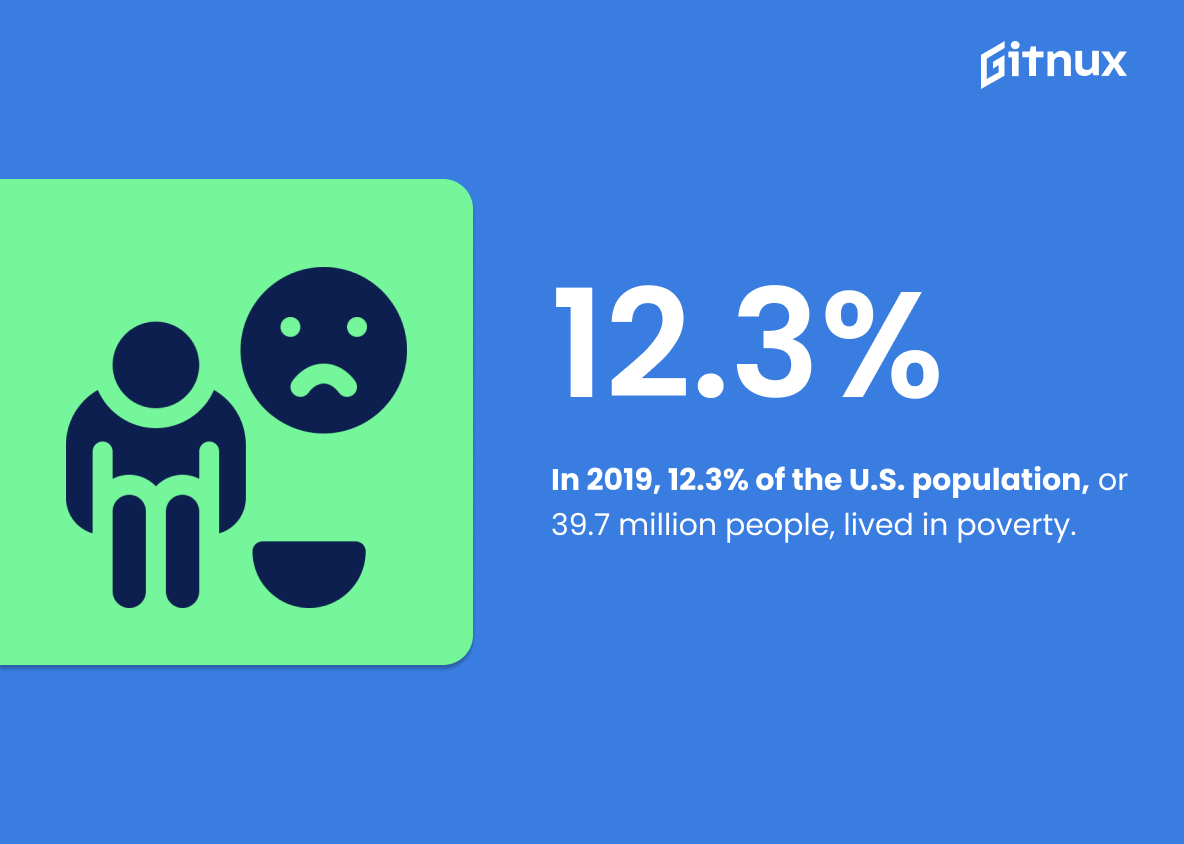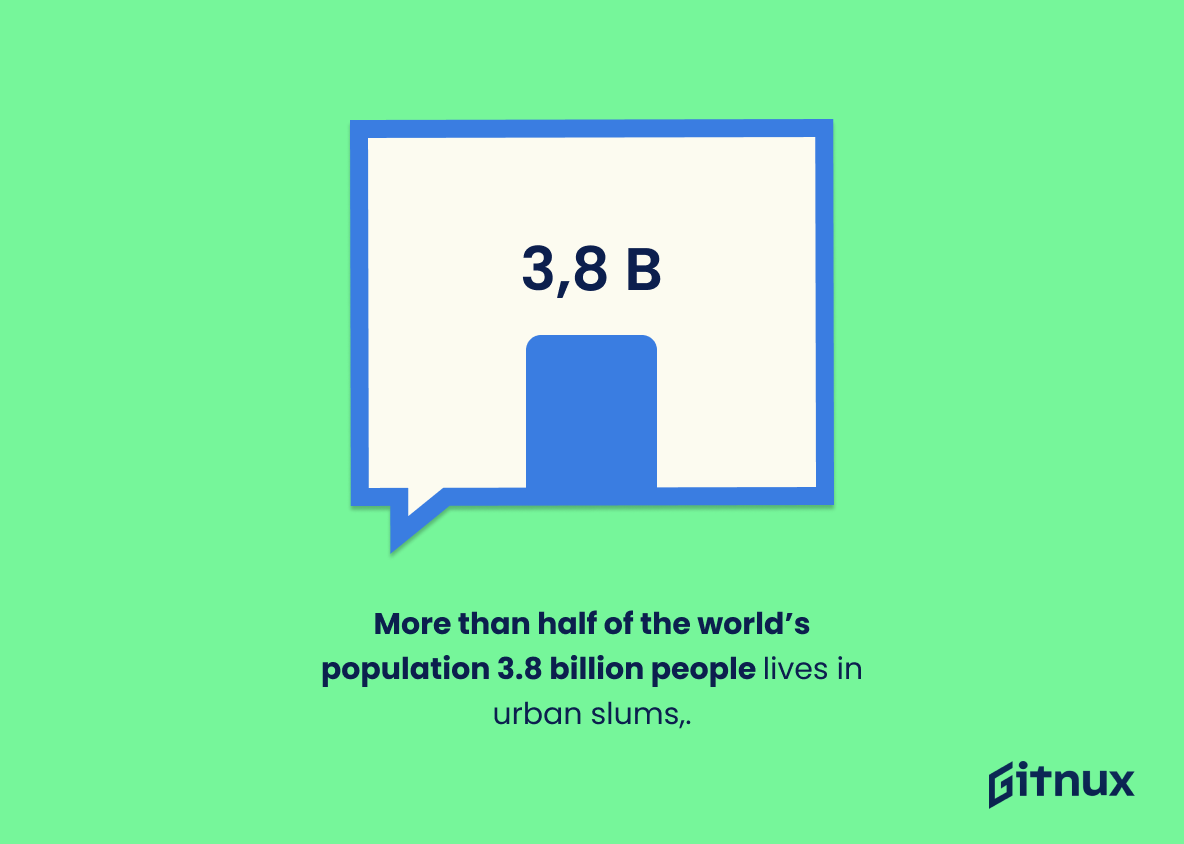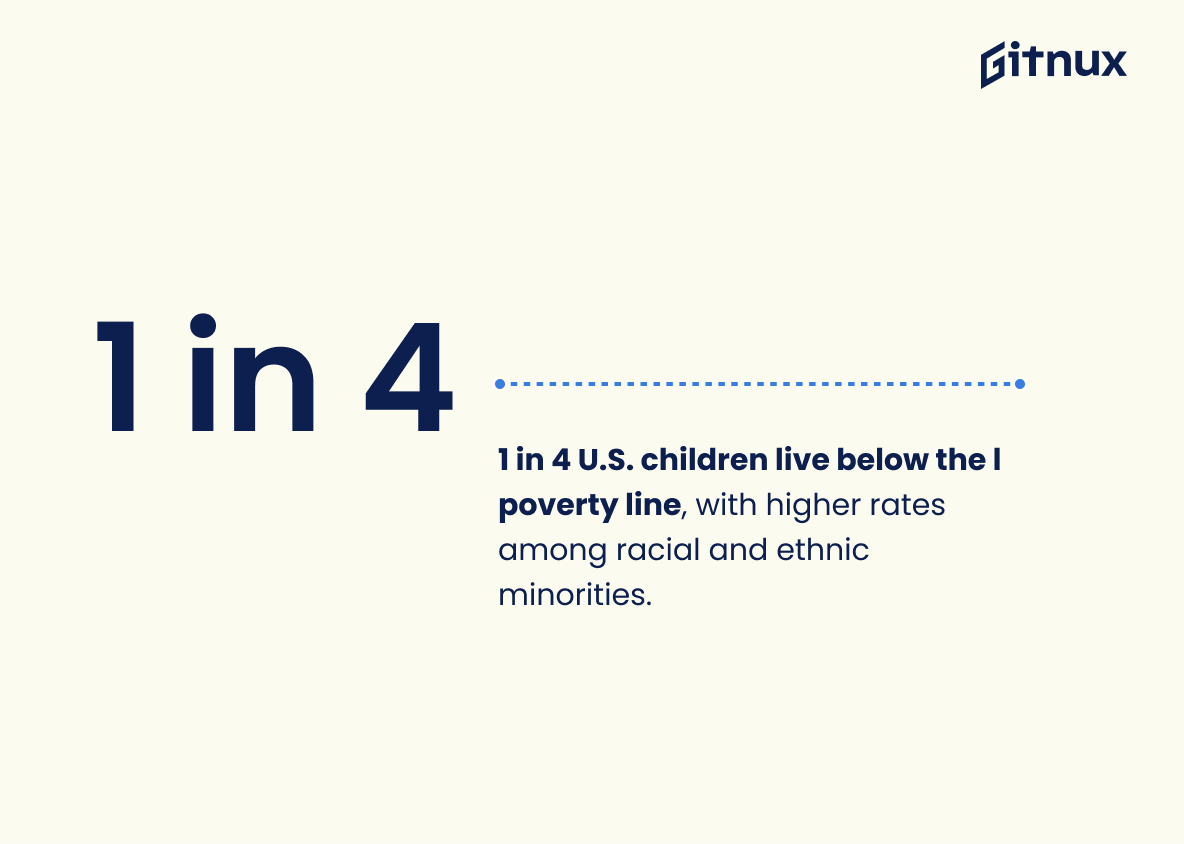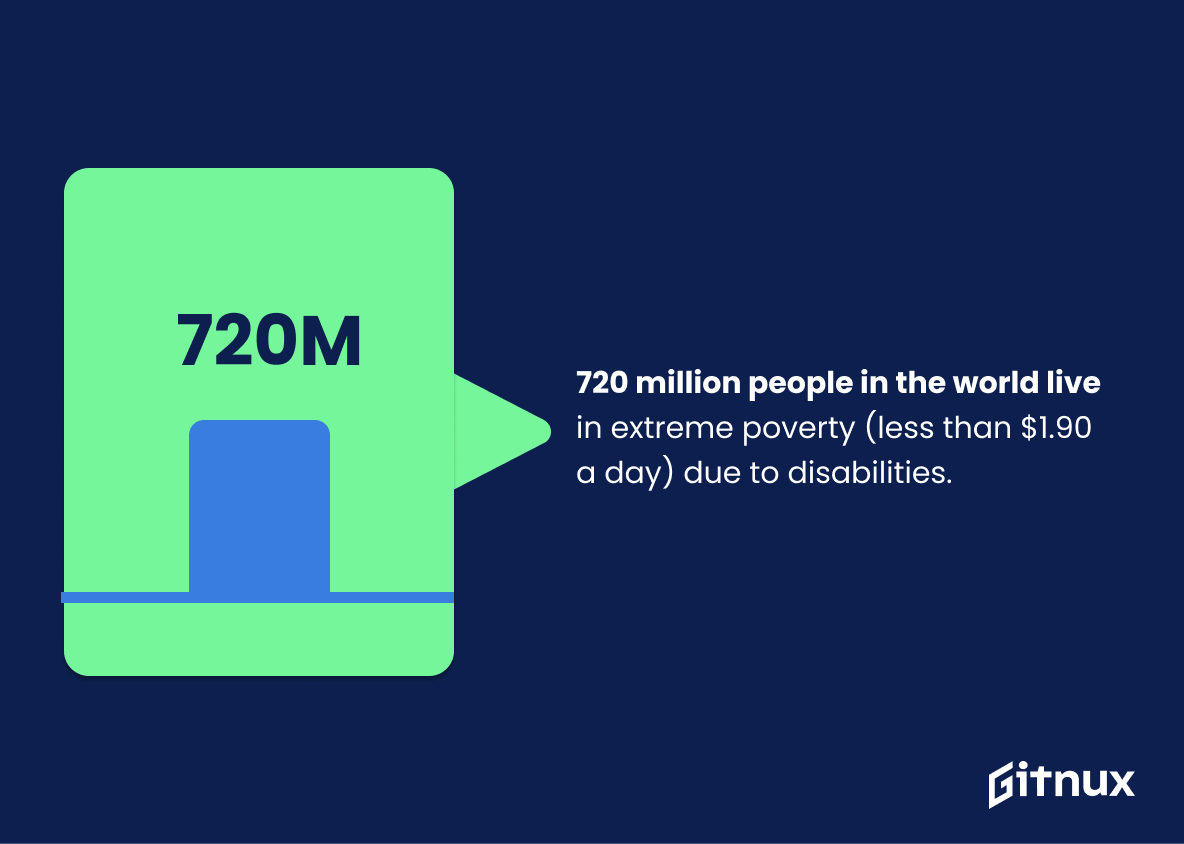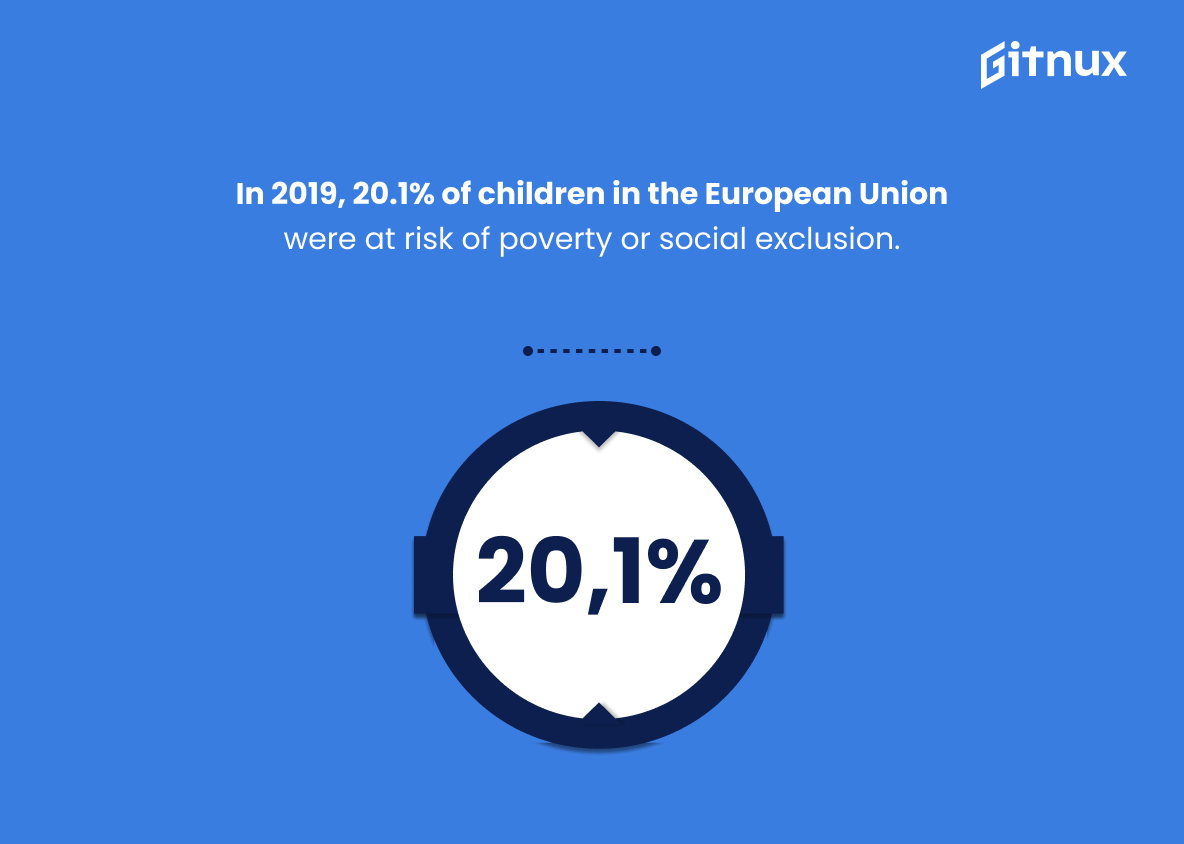The cycle of poverty is a global issue that affects millions of people around the world. It can be difficult to understand how pervasive this problem really is, but statistics provide us with an insight into its scope and impact. This blog post will explore 20 different statistics about the cycle of poverty from various sources, including the World Bank, UN Women, HUD, and more. From these numbers we can gain a better understanding of who is affected by extreme poverty and what factors contribute to it continuing in many parts of the world today. We’ll also look at some potential solutions for breaking out of this vicious cycle so that everyone has access to basic needs like food security and education opportunities.
Cycle Of Poverty Statistics Overview
In 2020, 47.4% of people living in sub-Saharan Africa lived in extreme poverty.
This statistic is a stark reminder of the harsh reality of life in sub-Saharan Africa, where nearly half of the population is living in extreme poverty. It highlights the need for urgent action to address the cycle of poverty in the region, which is perpetuated by a lack of access to basic services, education, and employment opportunities.
62 million girls around the world are out of school, increasing their likelihood of remaining in poverty.
This statistic is a stark reminder of the reality of the cycle of poverty. Without access to education, girls are unable to gain the skills and knowledge necessary to break out of poverty. This lack of education perpetuates the cycle of poverty, trapping millions of girls in a cycle of poverty that is difficult to escape.
Over 25% of households in poverty in the United States are headed by single mothers.
This statistic is a stark reminder of the reality of the cycle of poverty in the United States. Single mothers are disproportionately affected by poverty, and this statistic highlights the need for greater support and resources for these families. It is a call to action to break the cycle of poverty and ensure that all families have the opportunity to thrive.
23% of pregnant women in low-income countries receive no prenatal care.
This statistic is a stark reminder of the harsh realities of poverty, as it highlights the lack of access to basic healthcare services for pregnant women in low-income countries. This lack of prenatal care can have serious consequences for both the mother and the unborn child, including an increased risk of complications during pregnancy and childbirth, as well as a greater likelihood of infant mortality. This statistic is a powerful illustration of the devastating effects of poverty, and serves as a reminder of the importance of providing access to basic healthcare services for all.
4 in 10 Indigenous people in Australia live in poverty, perpetuating the cycle of poverty.
This statistic is a stark reminder of the reality of Indigenous people in Australia, highlighting the fact that a large proportion of the population is living in poverty and struggling to break the cycle of poverty. It is a powerful indicator of the need for greater investment in Indigenous communities to ensure that they have access to the resources and opportunities they need to thrive. This statistic is a call to action to address the systemic issues that are preventing Indigenous people from achieving economic security and breaking the cycle of poverty.
In 2019, 12.3% of the U.S. population, or 39.7 million people, lived in poverty.
This statistic is a stark reminder of the prevalence of poverty in the United States. It highlights the fact that nearly 40 million people are living in poverty, a situation that can be difficult to escape from without the right resources and support. This statistic is an important part of understanding the cycle of poverty and the challenges faced by those living in poverty.
More than half of the world’s population (3.8 billion people) lives in urban slums, where poverty cycles are common.
This statistic is a stark reminder of the prevalence of poverty cycles in urban slums, where more than half of the world’s population resides. It serves as a powerful illustration of the magnitude of the cycle of poverty, and the urgent need to address it.
1 in 4 U.S. children live below the federal poverty line, with higher rates among racial and ethnic minorities.
This statistic is a stark reminder of the reality of poverty in the United States, particularly among racial and ethnic minorities. It highlights the need for greater attention to be paid to the issue of poverty and its effects on children, and how it can create a cycle of poverty that is difficult to break.
720 million people in the world live in extreme poverty (less than $1.90 a day) due to disabilities.
This statistic is a stark reminder of the harsh reality that many people with disabilities face in the world today. It highlights the fact that, despite the progress made in recent years, there are still millions of people living in extreme poverty due to their disabilities. This is a sobering reminder of the need to continue to work towards reducing poverty and improving the lives of those living in poverty, especially those with disabilities.
In 2019, 20.1% of children in the European Union were at risk of poverty or social exclusion.
This statistic is a stark reminder of the prevalence of poverty in the European Union. It highlights the fact that, despite the EU’s efforts to reduce poverty, a significant portion of its population is still at risk of social exclusion. This statistic is a call to action, urging us to take a closer look at the causes of poverty and to develop strategies to break the cycle of poverty.
Conclusion
The statistics presented in this blog post demonstrate the prevalence of poverty around the world and its devastating effects on individuals, families, and communities. From extreme poverty to child labor to lack of access to education or clean water, these issues are pervasive across countries at all levels of development. The cycle of poverty is perpetuated by a variety of factors including gender inequality, racial discrimination, disability status, urbanization trends and more. It is clear that much work needs to be done in order for us as a global community to break out from this vicious cycle and ensure everyone has an equal opportunity for success regardless their background or circumstances.
References
0. – https://www.www.ilo.org
1. – https://www.povertydata.worldbank.org
2. – https://www.www.census.gov
3. – https://www.www.nccp.org
4. – https://www.www.creativespirits.info
5. – https://www.ec.europa.eu
6. – https://www.data.unhabitat.org
7. – https://www.www.hud.gov
8. – https://www.data.unicef.org
9. – https://www.www.worldbank.org
10. – https://www.www.unwomen.org

